Greylag Goose
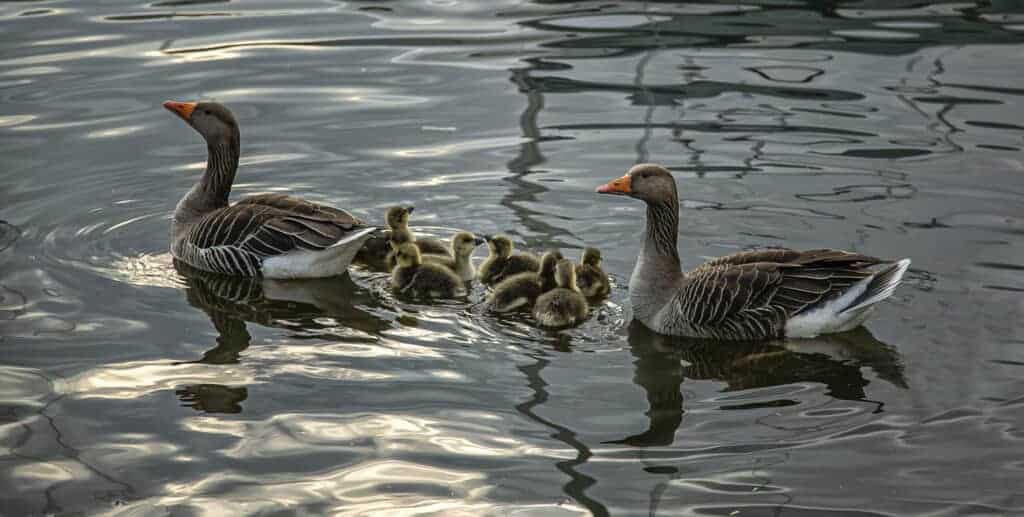
There are two subspecies of Greylag Goose recognised:
- Western Greylag A. a. anser from Iceland, and north and central Europe; wintering from Scotland, south to northern Africa and east to Iran.
- Eastern Greylag A. a. rubrirostris from Romania, Turkey and Russia, east to north-east China; wintering mainly from Asia Minor to eastern China.
Paintings of birds resembling domesticated and wild Greylag and also Red-breasted and Greater White-fronted Geese have been found on Ancient Egyptian tombs.
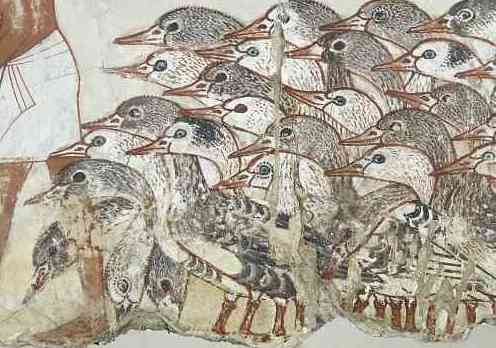

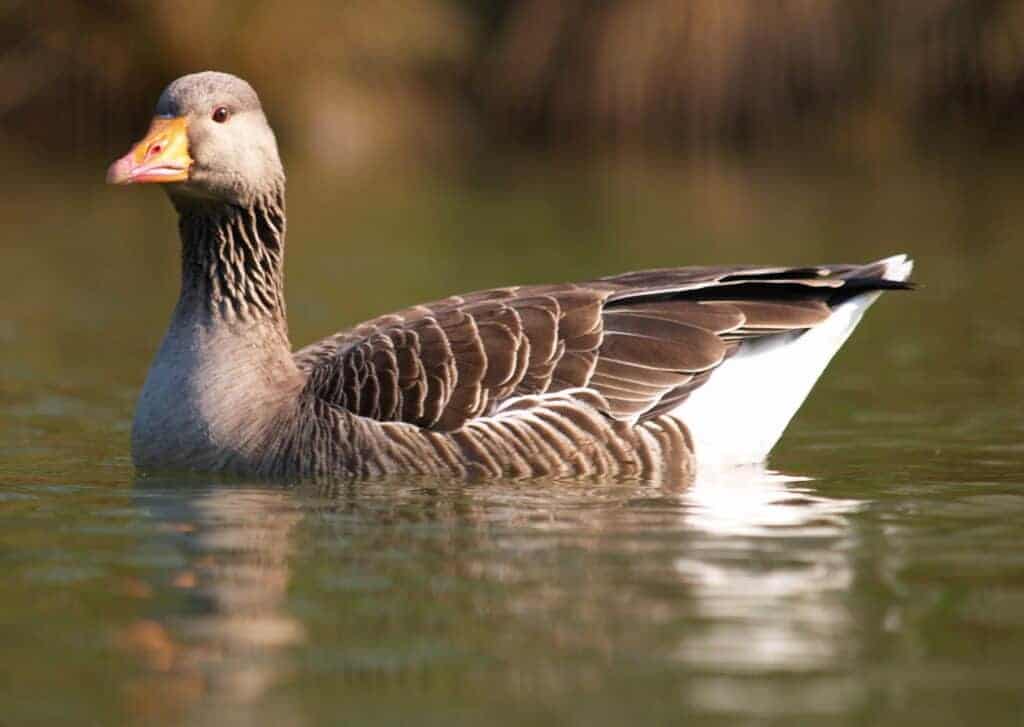
Anser anser
This abundant grey goose is the ancestor of most of our European domestic breeds. The plumage pattern is very clear to see and is very familiar to domestic goose enthusiasts.
Wild Greylag Geese breed in the north, nesting on moorlands, in marshes, around lakes and on coastal islands. Wintering birds migrate south to semi-aquatic habitats, estuaries, marshes and flooded fields, feeding on grass and often consuming agricultural crops.
Some populations, such as those in southern England and in urban areas across the species’ range, stick around all year. They are adept at exploiting a readily available food source.
This species is Amber-listed in Britain, as 50–60% of the UK’s wintering population is found at 10 or fewer sites, so it is considered localised. This makes up at least 20% of the Western Greylag’s global population.
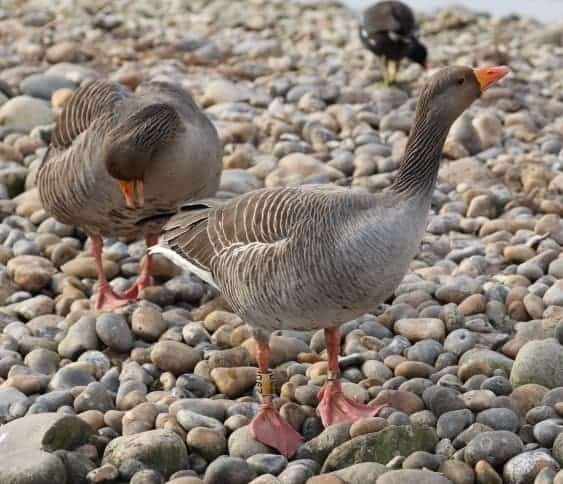
The study of animal behaviour (ethology) was famously undertaken by the Austrian zoologist, Konrad Lorenz. Working with Greylag Geese, he investigated the principle of imprinting. Birds that leave the nest early and require parental care, like most waterfowl, instinctively bond with the first moving object that they see within the first hours of hatching. Lorenz did not discover the phenomenon, but he became widely known for his descriptions of imprinting as an instinctive bond.
Being congeners, the domestic geese related to the Greylag and those descended from the Swan Goose do interbreed. These crosses have produced the different breeds of Russian geese such as the Tula, Asamas and Kholmogory, plus the beautiful Steinbacher Goose.
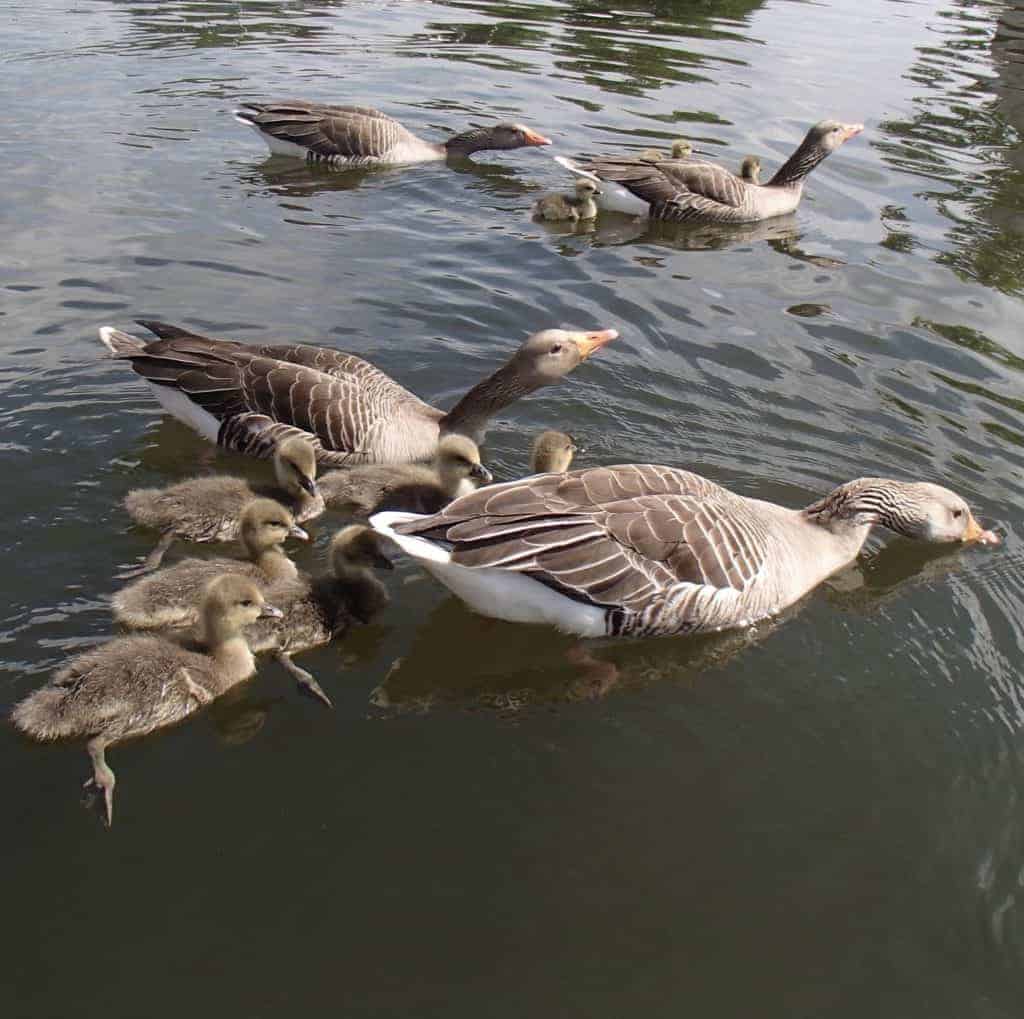
A clutch of 3–5 eggs is laid in a ground nest. The female incubates for 28–30 days and both parents defend and rear the young. The birds stay together as a family group until the following year’s breeding season.
FURTHER READING
Frost, T., G.E. Austin, R.D. Hearn, S. McAvoy, A. Robinson, D.A. Stroud, I. Woodward & S.R. Wotton (2019). Population estimates of wintering waterbirds in Great Britain. British Birds 112: 130-145.
Hess, E. H. (1958). Imprinting in animals. Scientific American, 198(3), 81-90.
Lorenz, K. (1935). Der Kumpan in der Umwelt des Vogels. Der Artgenosse als auslösendes Moment sozialer Verhaltensweisen. Journal für Ornithologie, 83, 137–215, 289–413.
Lorenz, K. (1988). Here I Am – Where Are You? – A Lifetime’s Study of the Uncannily Human Behaviour of the Greylag Goose. Translated by Robert D. Martin (1991) from Hier bin ich – wo bist du?
Klein, S. H., Hoffman, H. S., & DePaulo, P. (1976). Some effects of early social stimulation on the emotional reactivity of ducklings. Animal Learning & Behavior, 4(3), 257-260.
Share this page